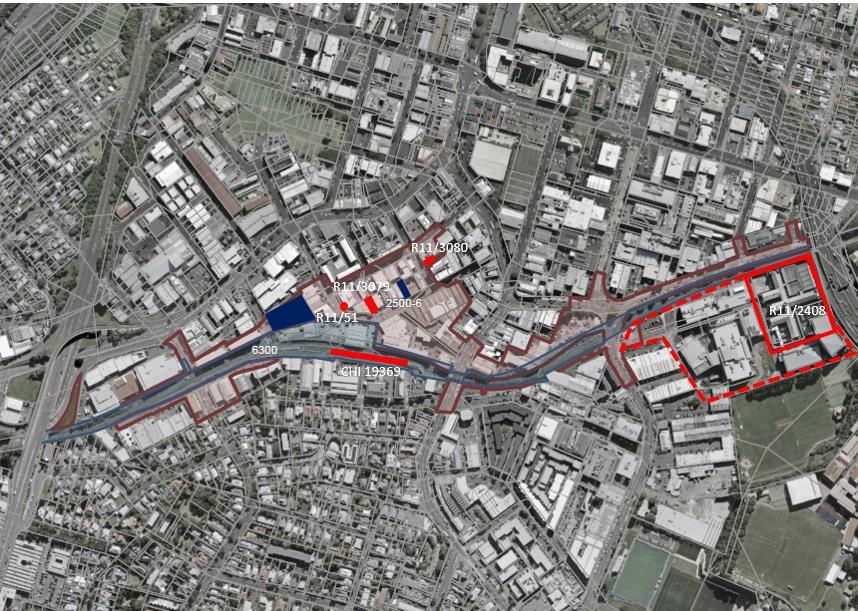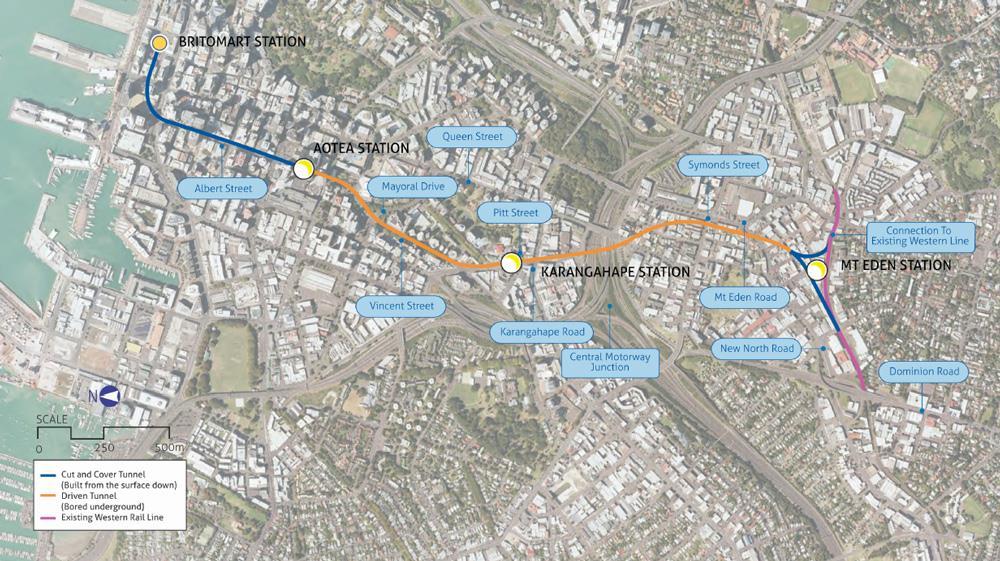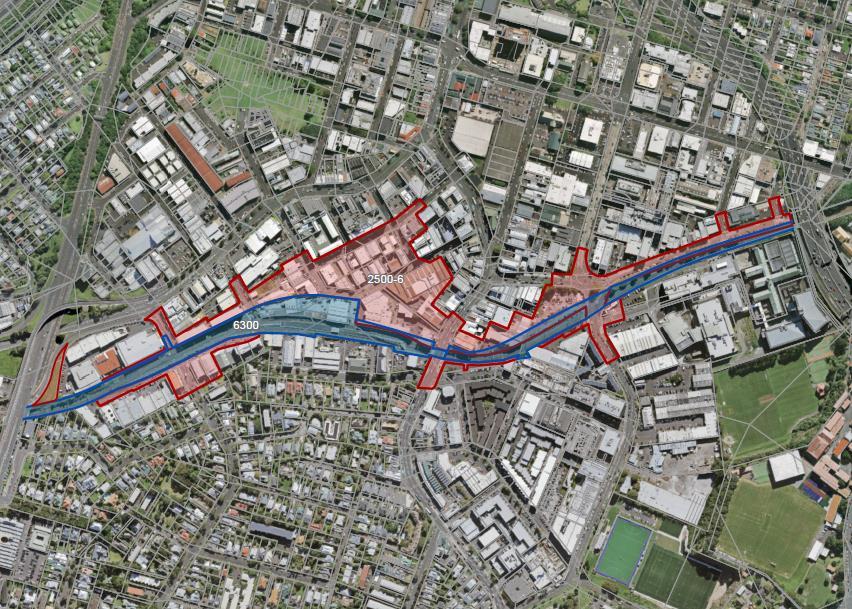
4 minute read
Appendix A: Consultation Record
A1 CLG Comments
A Mt Eden CLG meeting was held on 11 th May 2020 to discuss the main works and for the CLG to provide comments / feedback on the CEMP and sub-plans, including this HC DWP (Archaeology Section).
No comments were received from the CLG on this HC DWP (Archaeology Section).
A2 IPR Comments
The reviewer’s comments have been addressed as follows:
HCDWP Section Comment
In general, the DWP is clear and comprehensive. It largely covers all necessary roles, responsibilities and archaeological procedures clearly and concisely. A table of acronyms should be provided at the start of the document.
Table 1-1, Figure 6-1
6.7 There are broken MS Word links
The numbers showing where monitoring is required appear to be in the wrong place, or else the figure is very hard to read. Stand Down Periods. This section states that “timeframes need to be flexible” and section 6.6 states that “sufficient time and opportunity will be allowed for the recording and sampling of any archaeological features or deposits encountered.” However, Table 6.1 provides for Maximum Stand Down Periods, which is incompatible with flexible timeframes and sufficient time and opportunity. Row 1 says both ‘Maximum 2 days’ and Sufficient time’. If sufficient time turns out to be 3 or more days, this results in a lack of certainty for the project. Condition 3 of HNZPT authority 2017/793 states that “All archaeological evidence encountered during the exercise of this authority must be investigated, recorded and analysed in accordance with current archaeological practice.” Current archaeological practice is potentially time consuming and, while it is understood that
Page 23
Mt Eden Main Works
Resolution
No changes made. Acronyms have been checked and all are spelled out in full when first used 4.2
These have been corrected
No change. There is no figure 6-1 (this is assumed to be a carry over from a previous review). No changes have been made, as the contents of Table 6.1 are consistent with the Archaeological Management Plan approved under the Heritage NZ Authority (2017/793) and have been standard for previous Authorities and Heritage Management Plans approved by Council for other projects of this type, where extensive archaeological remains are not expected. We do not consider there is incompatibility between the fact that the contractor’s timeframes need to be flexible, and the minimum stand down periods given, as the necessary flexibility sits within those timeframes. Only limited remains are likely to be encountered during the main works, and 2 days has always proved sufficient for the archaeological team to investigate and record any feature encountered in such modified urban
HCDWP Section
A3
Comment
the archaeologist will make very reasonable effort to clear the area as quickly as possible, this may not always be possible within the time frames outlined on Table 6.1. This table also states “Note that there may be special circumstances in which a longer period of stand down for investigation is deemed necessary by either HNZPT or Auckland Council.” This is potentially confusing. I suggest that Table 6.1 be changed to Stand Down Triggers, the second column deleted and the table re-formatted to include relevant HNZPT, Council and mana whenua response times. The Archaeological Management Plan should be also be updated under Condition 1 of authority 2017/793.
Auckland Council Comments
Resolution
contexts, in accordance with current archaeological practice. No change has therefore been made to Row 1 of the table. In Row 2 column 2 of the table relating to significant discoveries, the stand down period is: “Up to three days for a response from HNZPT for pre-1900 remains, and in most circumstances up to three days for any detailed investigation required. Up to three days for a response from Auckland Council Cultural Heritage Implementation Team if significant post-1900 historic heritage remains are found, and up to three days for any detailed investigation required.” Note that the wording for pre-1900 remains states ‘in most circumstances up to three days’, while the Requirements column states that “there may be special circumstances where a longer period of stand down for investigation is deemed necessary by either Heritage NZ or Council”. We consider these statements to be consistent and compatible, with column 3 providing the explanation for the proviso in column 2. We do not consider that any changes need to be made to the Archaeological Management Plan issued under Authority 2017/793, as this table remains unchanged except where it relates to Auckland Council requirements.
Comments were received from Myfanway Eaves (Auckland Council Cultural Heritage Implementation) on 9 April 2020. It was requested that Chris Mallows’ name be replaced with Myfanwy Eaves as the Cultural Heritage Implementation Team contact in Table 4-1, and this change has been made. It was also noted that remnant stone walls at Mt Eden Station are referred to in the HC DWP (Built Heritage Section). A cross reference has been made to that DWP in section 3.1.
A4 Mana Whenua
The HC DWP (Archaeology Section) was issued to Mana Whenua in May 2020 for review.
Page 24
Mt Eden Main Works





